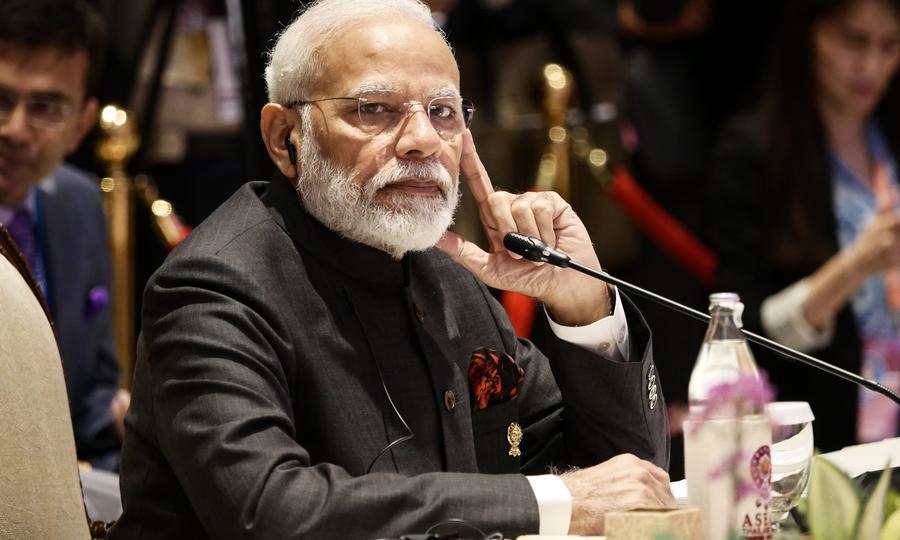Requirements For China-like Specific city lockdowns

With Covid-19 cases on Saturday reaching 3,072, a record increase of 771 cases in a single day, India may have to cater for a China-like city lockdown strategy to deal with disease surges in defined areas. As per a policy document finalised by the Health Ministry, disease hotspots would be managed through geographic quarantines, the kind that China, the source country for the virus, employed.
“Geographic quarantine strategy calls for near absolute interruption of movement of people to and from a relatively large defined geographic area where there is single large outbreak or multiple locations of local transmission of Covid-19. The strategy will be applicable to areas reporting large outbreaks and multiple clusters of spread over many blocks of one or more districts that are contiguous,” say the new guidelines finalised on a day when Delhi’s Nizamuddin cluster widened to 17 states, covering nearly half of India.
One in every three Covid cases nationally is now linked to the Tablighi Jamaat event at Nizamuddin. Also, most of the infected (41.88 per cent) are in the 21- 40 year age bracket.
“In all, 1,023 positive cases in 17 states are linked to the Tablighi Jamaat event. This is over 30 per cent of all cases. Age profile analysis of Covid-19 cases shows 41.88 per cent infections among 21 to 40 year olds; 32.82 per cent in the 41 to 60 years group; 16.69 per cent in the above 60 years and 8.61 per cent in the below 20 year segment,” Health Ministry spokesperson Lav Agarwal said, adding that cases in India were doubling at a much lesser rate than many countries but even one failure (read Nizamuddin) could push the government from the category of “success to non-success”.
The government pointed out that during the 2009 H1N1 Influenza pandemic, well-connected big cities with large population movement had reported more cases than rural areas with poor connectivity. “The current Covid-19 geographic distribution mimics H1N1. While Covid-19 spread in our population could be high, it’s unlikely to uniformly affect all parts of the country. This warrants a differential approach to different regions while mounting strong containment in hot spots. Large-scale measures to contain Covid-19 over large territories have been tried in China,” the document notes.
It says the Centre and states should review existing instruments that provide legal support to implement the containment plan — Disaster Management Act (2005); Epidemic Act (1897); CrPC and State Specific Public Health Act. It defines large outbreak as “localised increase in Covid-19 cases within a defined area — a village, town or city.”
Containment plan envisages strict perimeter control ::
:: Unchecked outward movement of population (except for essential services) to be prohibited
:: Thermal screening at entry/exits; police to guard rural roads connecting containment zone
:: Public transport, personal movement to be halted; health staff at exit point to interview travellers
:: Those entering quarantined areas will be given preventive dose of hydroxychloroquine
:: Vehicles moving out of perimeter control to be decontaminated with sodium hypochlorite solution
To meet own domestic requirement to the full and ensure that there us no shortage of any kind, the government on Saturday restricted the export of diagnostic kits to case-by-case basis in the wake of the Covid-19 outbreak. “The export of diagnostic kits falling under any ITCHS Code (Indian Trade Clarification based on Harmonised System) is restricted with immediate effect,” said a notification issued by the Directorate General of Foreign Trade.



